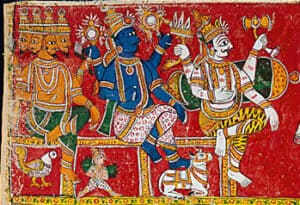
Cover image: Representation of the Trimurti of the Hindu religion, that is, Shiva, Vishnu and Brahma (from right to left), a watercolour on cloth by Andhra Pradesh (c. 1850-1900).
Each of the deities is represented with many of their particular attributes: for example, Shiva, the Transformer, with the snake around his neck (meaning his triumph over death); Vishnu, the Protector, depicted with blue skin (colour of the clouds full of water) and a foot on his mount, the eagle Garuda; and Brahma, the Creator, represented with four faces and on a swan.
https://pt.wikipedia.org/wiki/Trim%C3%BArti#/media/Ficheiro:Brahma_Vishnu_Mahesh.jpg
Text: Yolanda Silva
Elements and principles of art
When analysing a work of art, we must keep in mind that the visual analysis depends on the historical information to complete the process of understanding the painting, sculpture or architectural work.
The formal analysis will always depend upon the historical analysis and vice versa, as there is reciprocity in information and a constant interrelationship, thus creating a cycle.
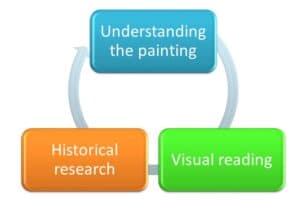
Having always as a base the historical data that can be collected through parallel research, we can list, then the elements and principles of art that assist us in the formal analysis process.
Note that the elements and principles of art here exposed are examples that should be tailored to the specific needs of each piece in question.
The 6 elements and principles of art for the formal analysis are:
1. Identification;
2. Technical data;
3. Theme;
4. Function;
5. Structure (basic and essential considerations);
6. Composition.
1. Identification
The first step in the analysis of a painting is to identify the work.
The information requirements are those that, after a thorough study about the painting, are finally shown on their information labels, in a very brief manner.
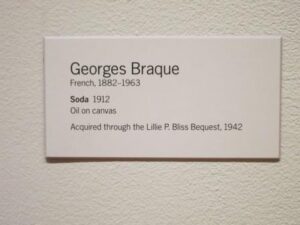 Painting label on display.
Painting label on display.
https://pt.pinterest.com/pin/549720698237971482/
2. Technical data
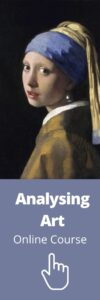 Other technical data that must be included in the analysis:
Other technical data that must be included in the analysis:
♦Dimensions (height x length);
♦Materials (support and material used to paint / draw);
♦General condition of the work (for example: if we have a fragment, if the painting has abrasions, etc.).
3. Theme
One of the most important elements and principals of art in formal analysis is the theme.
The approach to theme should be cautious and careful.
Before the painting, let us ask:
♦What is shown?
♦Is the representation pictorial or abstract?
♦Faced with a pictorial representation: What is recognizable? Are we able to identify places, people, objects?
The description should be to written starting from general details and moving on to the particular ones.
♦When faced with an abstract representation: what shapes are identifiable? It is relevant to point them out? What is the relation between them?
♦What is the nature of the theme: mythological, religious, genre, still life, portrait, etc.?
When we identify more than one topic, we need to try to determine a central or dominant theme, and only then mention secondary themes, if relevant.
♦Paintings of a religious nature may be identified with a belief system or a specific culture (cults, myths, tribes, clans, etc.).
Other paintings which may be related to themes of classical literature or history (local or general) should have their sources duly justified.
♦Human representations must be identified and characterized as detailed as possible: who are they? Athletes, statesmen, deities, warriors, poets, philosophers,…?
Do we know their name? Is there more than one figure?
♦When characterizing the figures we must consider age, posture, movement, height, physical and facial expression,…?
Is there emphasis on some anatomical detail? What is the clothing like (if there is any) and how it is positioned?
♦When considering a group of figures: physical and psychological relationships between characters; movements and postures (rhythm patterns, discomforts, etc.).
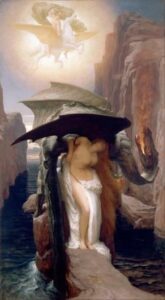 Mythological theme: scene from Greek mythology – Perseus and Andromeda (Frederic Leighton, 1891, oil on canvas; Walker Art Gallery, Liverpool, England).
Mythological theme: scene from Greek mythology – Perseus and Andromeda (Frederic Leighton, 1891, oil on canvas; Walker Art Gallery, Liverpool, England).
https://commons.wikimedia.org/wiki/File:Frederic,_Lord_Leighton_-_Perseus_and_Andromeda_-_Google_Art_Project.jpg
4. Function
The analysis of function should reveal the purpose to which it was designed,
Is it of religious or devotional nature, a public wall, or something produced for the benefit of a particular individual (as is the case of some portraits, for example).
5. Structure
 Finally, essential considerations related to the structure can be divided them into two groups:
Finally, essential considerations related to the structure can be divided them into two groups:
♦Frame and pictorial area
That is, the relationship between the frame and the limits of the painting or drawing (identifying proportions of height and length).
What is the relationship between the dominant shapes of the pictorial area and the frame; if the shapes of the painting are in some way hidden or cropped by frame?
♦Technique.
Directly related to the materials; when analysing technique we should seek to explain how the materials are used (dry brushstrokes or spatulated layers; which instrument was used by the artist: thin or broad brush, crayons, charcoal, etc.; the material was applied carefully or coarsely? colours show transparency or opacity?).
6. Composition
And lastly, composition: it refers to the organization of the parts that make up the whole which is the pictorial structure itself. It concerns the analysis of colours, lines, volumes, light, etc.
To know more about elements and principles of art and composition read the post How to read a painting | Composition



 Painting label on display.
Painting label on display.
 Mythological theme: scene from Greek mythology – Perseus and Andromeda (Frederic Leighton, 1891, oil on canvas; Walker Art Gallery, Liverpool, England).
Mythological theme: scene from Greek mythology – Perseus and Andromeda (Frederic Leighton, 1891, oil on canvas; Walker Art Gallery, Liverpool, England).
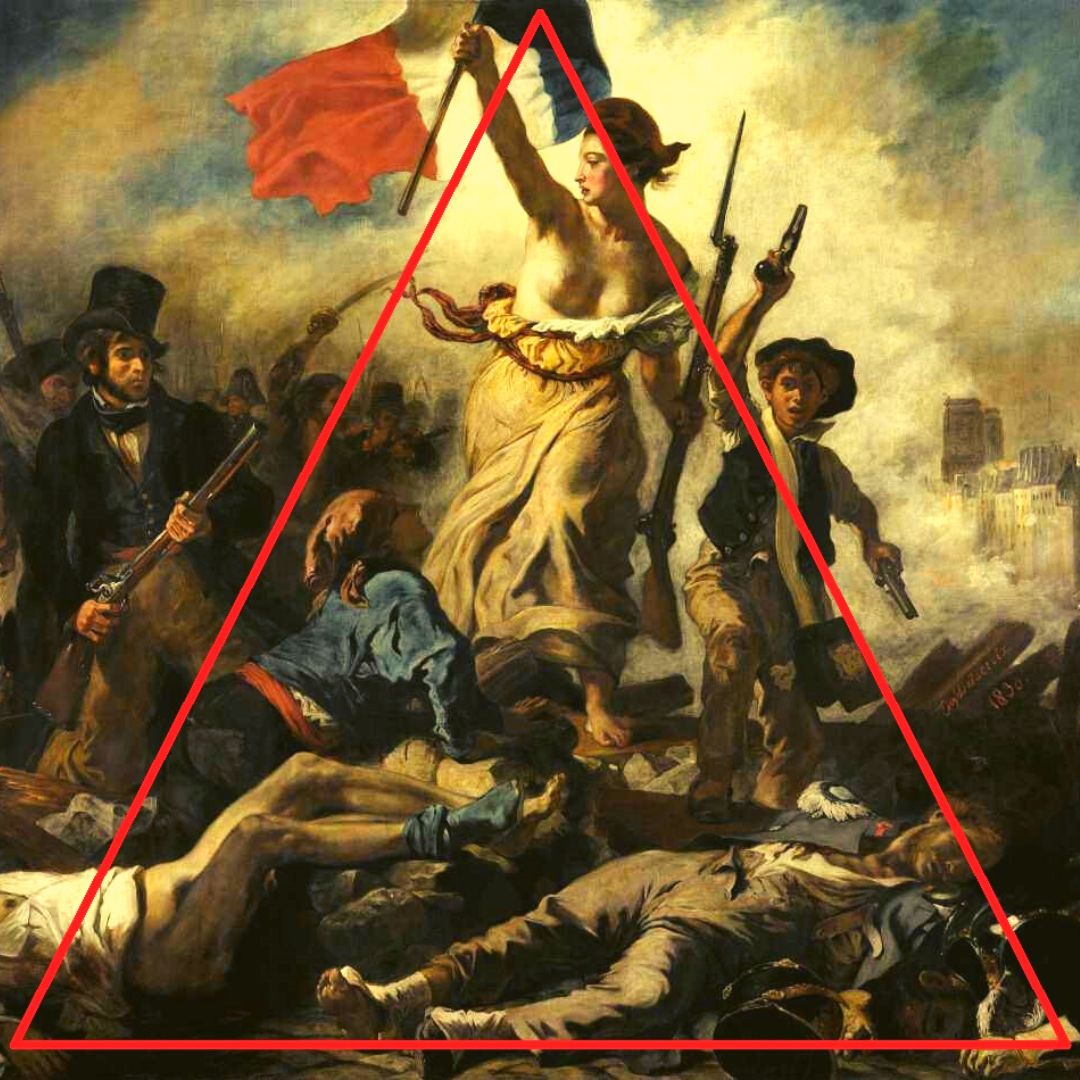


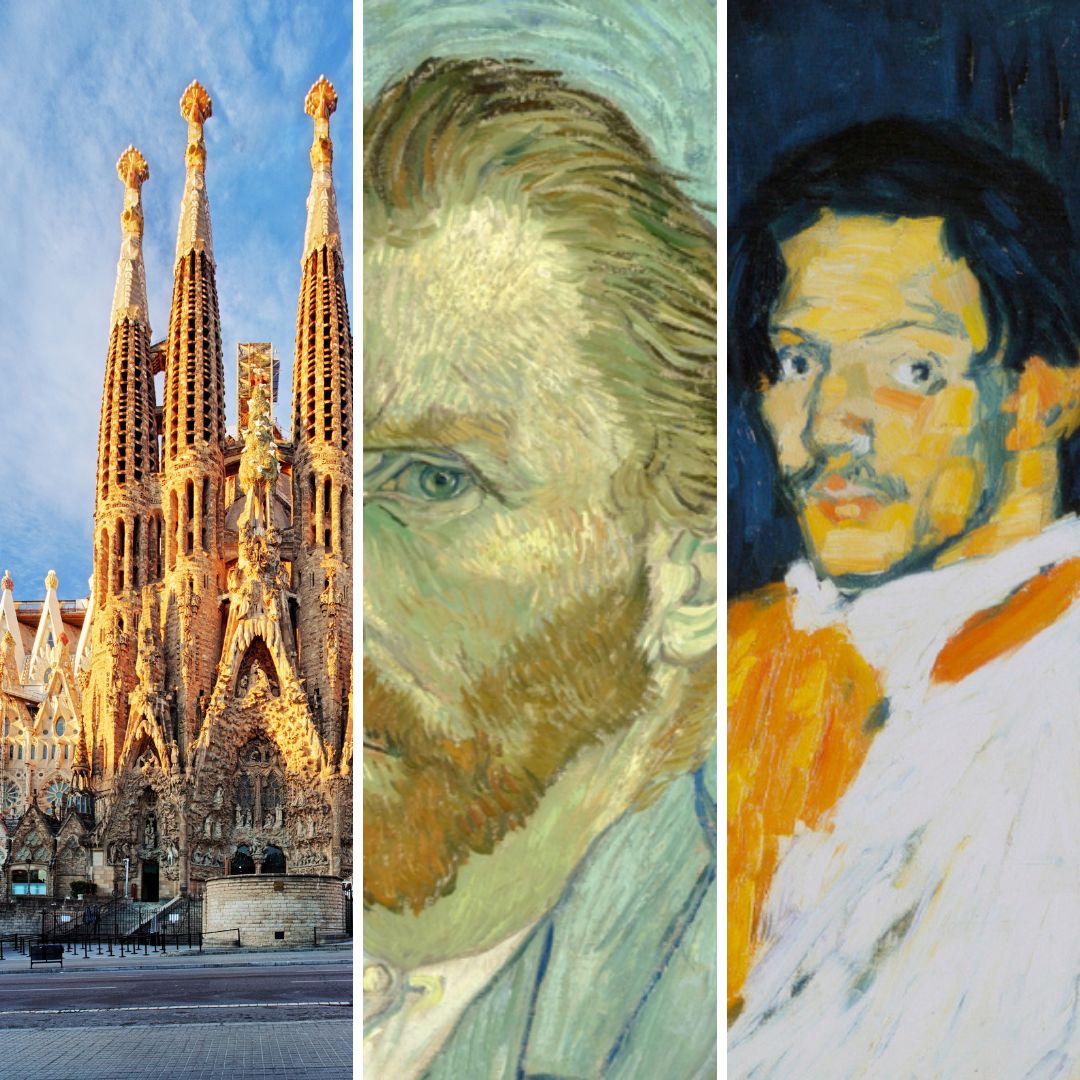

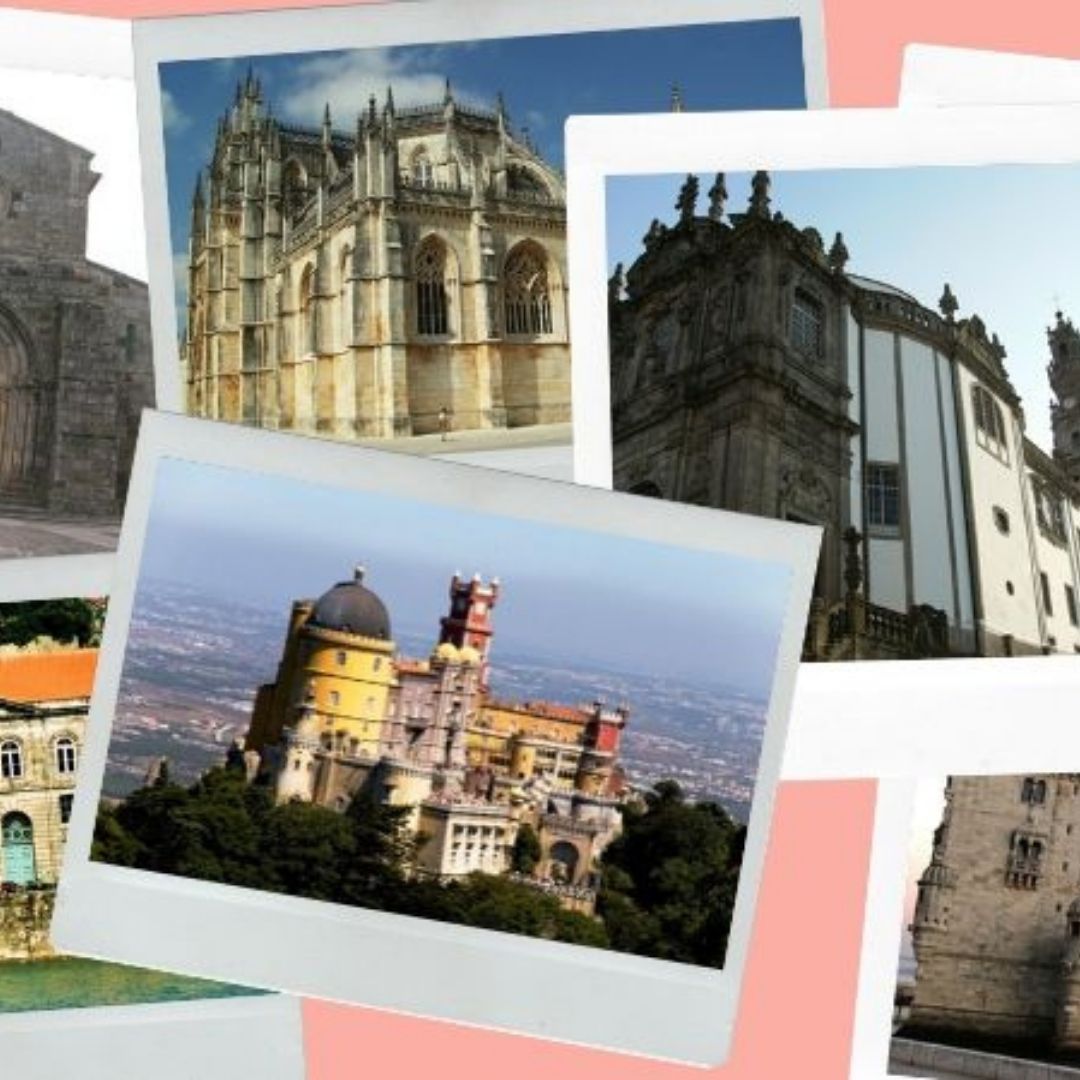



4 Comments.
I am glad that I discovered this site, precisely the right info that I was looking for! .
excellent submit, very informative. I wonder why the other experts of this sector don’t understand this. You should continue your writing. I’m confident, you have a huge readers’ base already!
Great paintings! This is the kind of information that should be shared across the internet. Disgrace on Google for no longer positioning this submit upper! Come on over and talk over with my site . Thanks =)
Thanks for posting. I really enjoyed reading it, especially because it addressed my problem. It helped me a lot and I hope it will help others too.